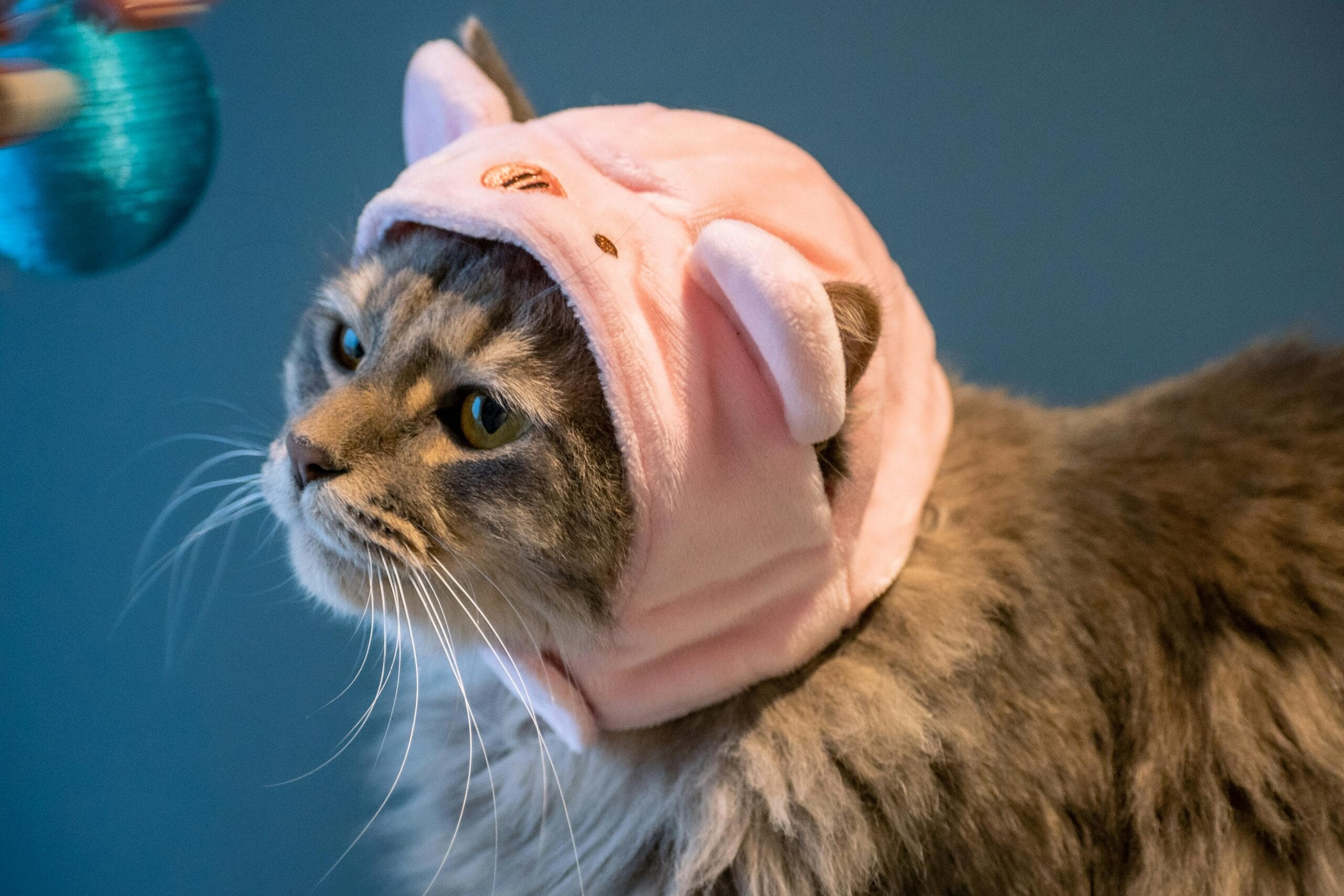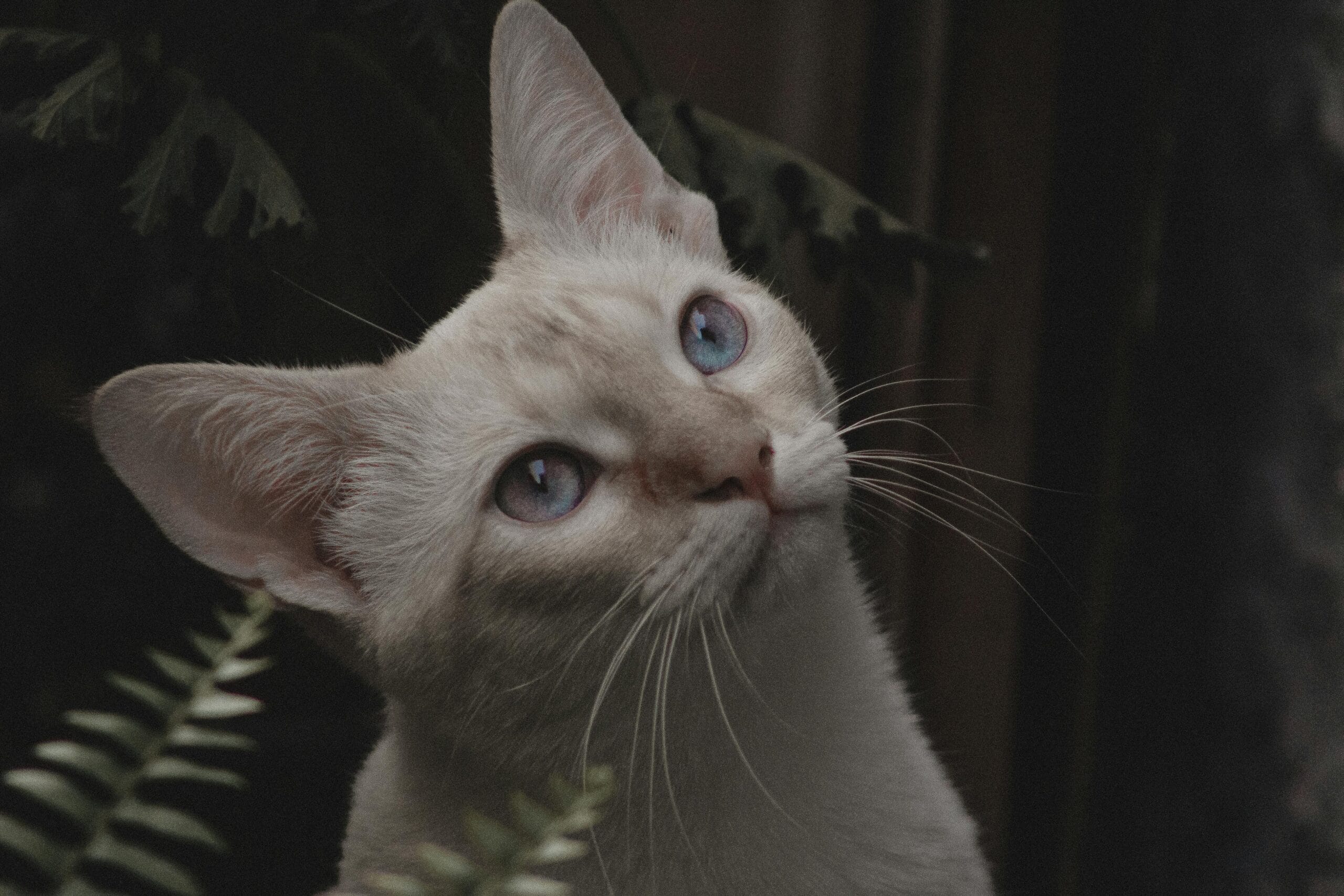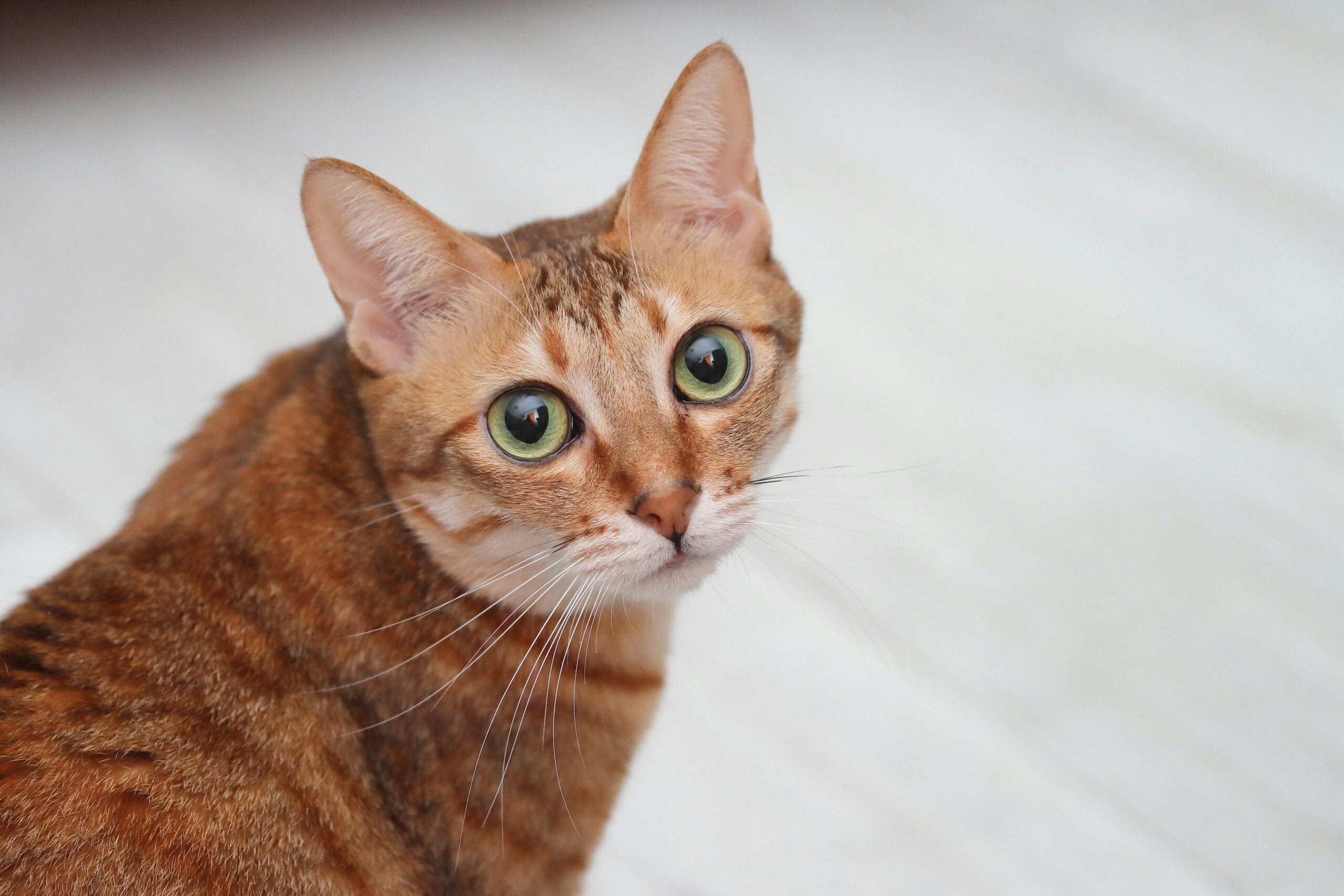Discover when your cat’s fur grows the most! Learn about cat shedding season, cat coat growth stages, and understand your feline friend’s unique fur cycle. Get expert tips & answers now!
When Do Cats Fur Grow The Most? Understanding Cat Coat Growth Stages and Shedding Season
Cats, with their diverse breeds and captivating coats, undergo fascinating growth phases throughout their lives. Understanding when do cats fur grow the most is crucial for responsible pet ownership, helping you anticipate shedding periods and tailor grooming routines accordingly. This comprehensive guide delves into the intricacies of cat coat growth stages, shedding patterns, and the factors influencing the growth of your feline friend’s luxurious fur. We will explore the specific times of the year when you might notice a significant increase in fur growth and shedding, commonly known as cat shedding season.
Understanding the Cat Coat Growth Cycle
Unlike human hair, which grows continuously, a cat’s coat goes through distinct phases: anagen (growth), catagen (transition), and telogen (resting). The duration of each phase varies depending on factors like breed, age, health, and season. This cyclical nature explains why you’ll notice periods of rapid growth followed by significant shedding.
Kittens, for instance, experience a rapid growth spurt in their early months. Understanding their development is vital, especially if you’re a new cat owner. Learning more about when kittens become cats can help you better anticipate changes in their coat and behavior.
During the anagen phase, new hair follicles actively produce hair shafts. This is the period when do cats fur grow the most, resulting in a thicker, fuller coat. The catagen phase is a brief transitional stage where growth slows down. Finally, the telogen phase is the resting phase, where the hair follicle becomes inactive, and the hair eventually sheds. The cycle then repeats, leading to continuous coat renewal.
Cat Shedding Season: Spring and Autumn Shedding
Many cat owners notice a marked increase in shedding twice a year, during spring and autumn. These periods, often referred to as cat shedding season, are triggered by changes in daylight hours and temperature. In spring, cats shed their thicker winter coats, preparing for warmer weather. Conversely, in autumn, they grow a thicker, insulating coat to combat the cold. The intensity of shedding varies greatly depending on the breed; for instance, long-haired breeds like Persians shed considerably more than short-haired breeds like Siamese. If you have a Bengal cat, you might want to learn more about their shedding habits by reading more on do Bengal kittens shed
However, it’s important to note that shedding isn’t solely confined to these two seasons. Several other factors can influence the rate of hair growth and shedding.
Factors Affecting Cat Fur Growth
Besides seasonal changes, several other factors can influence when do cats fur grow the most. These include:
- Breed: Long-haired breeds naturally shed more than short-haired breeds.
- Health: Underlying health conditions can impact coat quality and shedding. Any changes in your cat’s coat should be discussed with your veterinarian.
- Nutrition: A balanced diet rich in essential fatty acids and proteins supports healthy coat growth and minimizes shedding.
- Stress: Stress can significantly affect a cat’s coat, leading to increased shedding and dullness.
- Hormonal Changes: Hormonal imbalances can also influence coat growth and shedding.
Cat Coat Growth Stages in Kittens
Kittenhood is a period of rapid development, including significant changes in their coat. Newborn kittens are usually born with a fine, downy coat that gradually thickens and changes texture as they mature. Understanding the developmental milestones of kittens is key to recognizing any potential issues. For example, knowing when a kitten’s eyes open can help you gauge their overall development and whether their coat growth is on track. The information available on how long it takes kittens to open their eyes also helps you understand the timeline of their development. Remember, gentle handling is essential, and learning if you can touch newborn kittens can prevent unintended stress.
During this stage, the kitten’s coat will go through several phases of growth. You may notice different textures and colors as their adult coat begins to emerge. Regular grooming during kittenhood helps establish a positive association and prevents mats and tangles.
Grooming and Managing Shedding
Regular grooming is vital for managing shedding, regardless of breed or season. Brushing helps remove loose hair, preventing mats and reducing the amount of hair spread around your home. The frequency of brushing should be adjusted according to your cat’s breed and coat type. Long-haired cats often require daily brushing, while short-haired cats may only need brushing a few times a week.
A healthy diet plays a significant role in coat health. Look for cat foods that are specifically formulated for healthy skin and coat. These foods often contain essential fatty acids like omega-3 and omega-6, which are crucial for maintaining a shiny, healthy coat and minimizing excessive shedding. Consult with your veterinarian about potential dietary changes if you are concerned about your cat’s coat.
For further information on feline coat health, you might find the following resources helpful:
PetMD’s Guide to Cat Coat Care
American Veterinary Medical Association (AVMA) on Cat Grooming
Addressing Excessive Shedding
While seasonal shedding is normal, excessive shedding can be a sign of an underlying health problem. If you notice a significant increase in shedding beyond what’s expected for your cat’s breed and season, it’s crucial to consult your veterinarian. Excessive shedding can be linked to various conditions, including allergies, nutritional deficiencies, parasites, hormonal imbalances, or stress. Your vet can perform a thorough examination and determine the cause of the problem, recommending appropriate treatment.
Conclusion: Understanding When Do Cats Fur Grow The Most
Understanding when do cats fur grow the most, the various cat coat growth stages, and the factors influencing cat shedding season is crucial for responsible cat ownership. By tailoring your grooming routine, diet, and overall care to your cat’s specific needs, you can help maintain a healthy, shiny coat and minimize excessive shedding. Remember, regular brushing, a balanced diet, and prompt veterinary attention when necessary are key to keeping your feline companion looking and feeling their best.
We hope this guide has provided you with valuable insights into feline coat growth. Now, we’d love to hear from you! Share your experiences in the comments below. Tell us about your cat’s shedding patterns, your grooming routine, and any challenges you’ve faced related to cat shedding season or when do cats fur grow the most. Let’s learn from each other and help our feline friends thrive!

- When do cats’ fur grow the most?
- Cats’ fur growth is influenced by several factors, but generally, they experience periods of increased growth during spring and fall. This is closely linked to the cat shedding season, as their bodies prepare for changing temperatures.
- What are the cat coat growth stages?
- While not as clearly defined as in some animals, cats go through phases of growth and shedding. The cat coat growth stages are less about distinct stages and more about a continuous cycle of hair growth, rest, and shedding influenced by season and hormones.
- Does a cat’s age affect fur growth?
- Yes, kittens experience rapid fur growth as they develop. Older cats may have slower growth and increased shedding due to hormonal changes and potential health issues.
- How long does a cat’s shedding season last?
- The cat shedding season typically lasts several weeks, both in spring and autumn, though the intensity can vary depending on breed and individual cat.
- Why does my cat shed more in the spring?
- Spring cat shedding season is a response to warmer temperatures. Cats shed their thicker winter coats to stay cool.
- Why does my cat shed more in the fall?
- The fall cat shedding season prepares the cat for winter. They grow a thicker, warmer coat.
- What breed of cat sheds the most?
- Long-haired breeds like Persians and Maine Coons typically shed more than short-haired breeds. However, all cats shed to some extent.
- How can I manage my cat’s excessive shedding?
- Regular brushing during the cat shedding season significantly reduces loose fur. A healthy diet also contributes to a healthy coat.
- Is it normal for my cat’s fur to grow unevenly?
- Minor unevenness is usually normal. However, significant patches of no hair growth or excessive shedding could indicate an underlying health problem and warrant a vet visit.
- Can nutrition impact When Do Cats Fur Grow The Most?
- Yes, a balanced diet rich in proteins and essential fatty acids contributes to healthy fur growth and reduces shedding. Deficiencies can lead to slower growth and poor coat quality.

When Do Cats’ Fur Grow the Most? A Guide to Feline Coat Development
Understanding your cat’s coat growth is crucial for maintaining their health and well-being. While cats continuously shed and regrow hair throughout their lives, there are periods of more significant growth. This is particularly noticeable during kittenhood. The transition from a kitten to an adult cat is a fascinating process. Learn more about this transition at https://themonstercat.com/when-do-kittens-become-cats/.
Kittenhood: A Time of Rapid Growth
The most significant fur growth happens during kittenhood. Newborn kittens are born with very little fur, and their coats develop rapidly in the first few weeks. During this time, it’s crucial to avoid disturbing them too much, as they are very vulnerable. Read more about handling newborn kittens here: https://themonstercat.com/can-you-touch-newborn-kittens/. The development of their eyesight is another important milestone. You can learn more about when kittens open their eyes at https://themonstercat.com/when-do-a-kittens-eyes-open/ or https://themonstercat.com/how-long-does-it-take-kittens-to-open-their-eyes/.
Seasonal Shedding and Growth
Even after reaching adulthood, cats experience periods of increased fur growth, often linked to seasonal changes. In spring, many cats shed their winter coats, leading to a period of new hair growth. The opposite happens in autumn when their coats thicken for winter. This seasonal shedding is a natural process, but it’s important to brush your cat regularly, especially during these periods, to prevent matting and hairballs.
Breed Variations
The rate of fur growth can vary considerably depending on the cat’s breed. Long-haired breeds, for example, naturally have a higher rate of hair growth than short-haired breeds. This means more frequent brushing is often necessary. Breeds like Bengals are known for their stunning coats and shedding patterns. To learn more about Bengal shedding, visit https://themonstercat.com/do-bengal-kittens-shed/.
Health Considerations
Sudden changes in fur growth, excessive shedding, patchy fur, or skin problems could indicate underlying health issues. If you notice any abnormalities, consult your veterinarian immediately. A healthy diet rich in protein and essential fatty acids is essential for supporting healthy coat growth. Regular grooming helps to remove dead hair, prevent matting, and keep your cat’s skin and coat healthy.
In Summary
While kittenhood marks the most dramatic period of fur growth, cats continue to shed and regrow hair throughout their lives. Understanding your cat’s breed, age, and seasonal changes will help you better manage their grooming needs and recognize potential health issues.

When Do Cats Fur Grow The Most, cat shedding season, cat coat growth stages